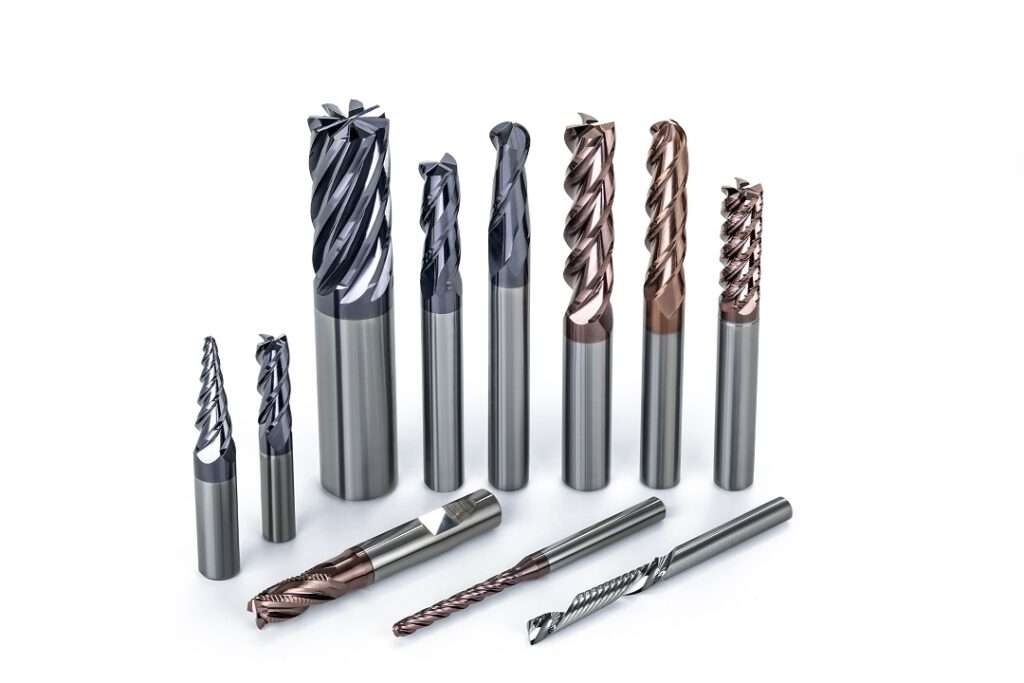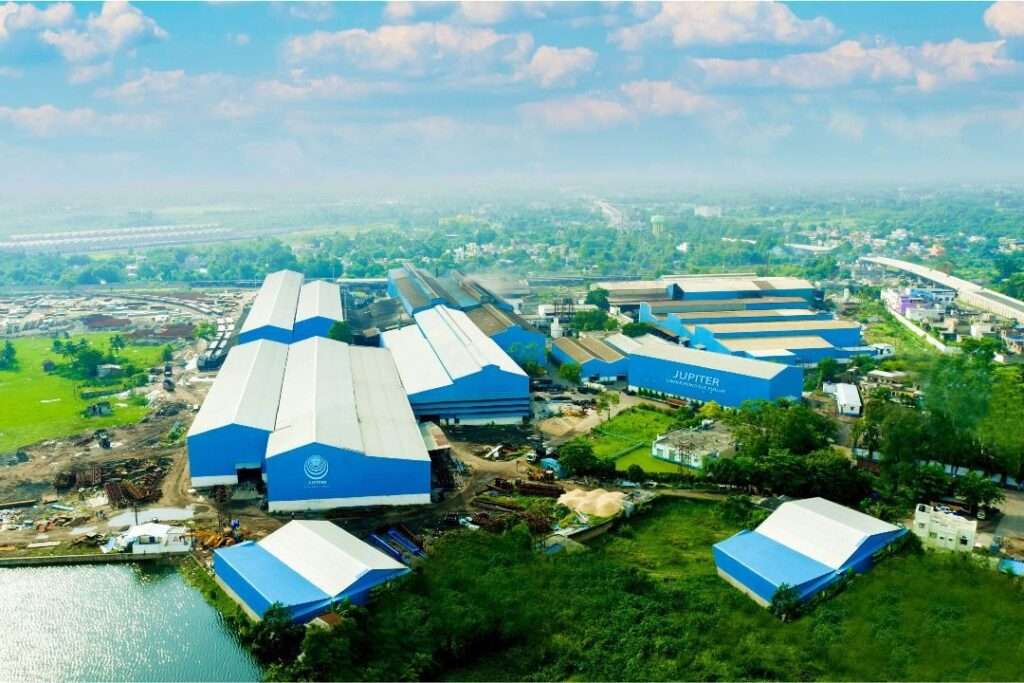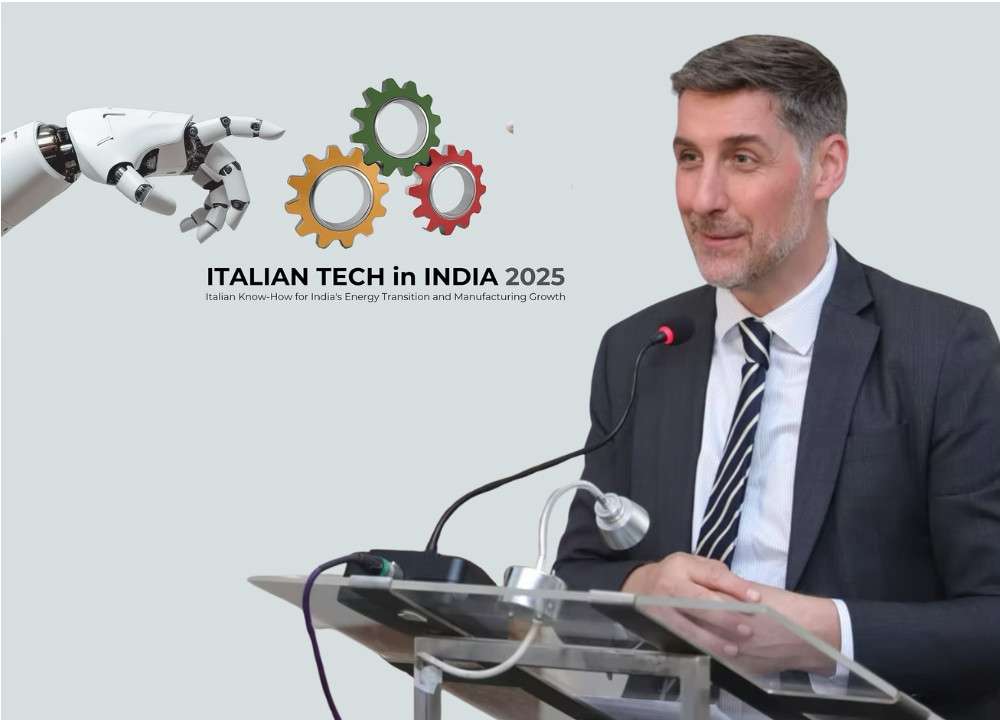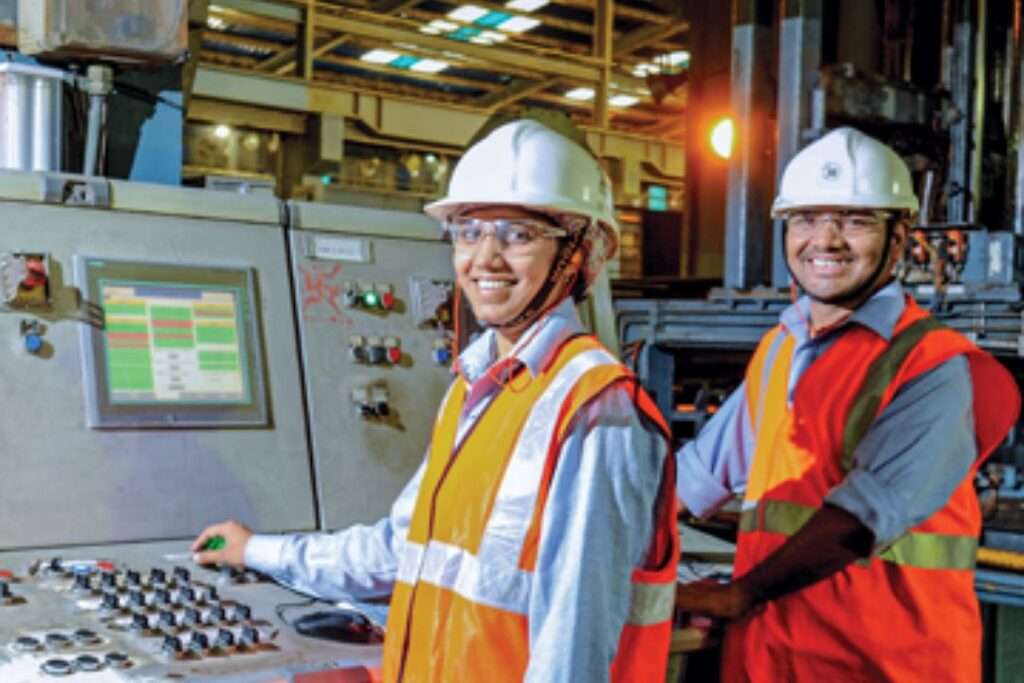As a traditionally trained aeronautical engineer, the initial assignments of Dr APJ Abdul Kalam were in aeronautical establishments. He started his career as a trainee and then, worked on designing a hovercraft which was one of the first flying machines designed and developed in India. Science and technology feel proud to laud Kalam’s commitment to enriching the Indian Aerospace industry. He devoted all his time to India’s development in the field of Aerospace science than to all other pleasures of life including his own nest.
It dates back to July 1980 when Indian SLV-III, the first-ever ‘Atmanirbhar Satellite launch vehicle’ of India deployed the Rohini Satellite successfully in the near-earth orbit making India self-reliant in the manufacturing of its launch vehicles. Despite the partial success of the previous launch in August 1979, the efforts were continued to acquire the grand title of Atmanirbhar Aerospace Manufacturer.
 The development of an Indian SLV could put a small 40 kg Indian missile into the low-earth orbit which was an eager plan in the ISRO's agenda. SLV was launched successfully on 18 July 1980 from Sriharikota Range. It incorporated open-loop guidance to control the vehicle in flight along a pre-determined trajectory. The arrival of SLV-III paved the way for India to advance the amplitude of the Indigenous Aerospace manufacturing to augment advanced projects like Augmented Satellite Launch Vehicle (ASLV, Polar Satellite Launch Vehicle (PSLV) and Geosynchronous Satellite Launch Vehicle (GSLV). The success of SLV-III was the first nationally successful mission wherein India’s capabilities in using science and technology came to the fore. Also, this was the first time for India to earn credibility in the eyes of science and technology’s media.
The development of an Indian SLV could put a small 40 kg Indian missile into the low-earth orbit which was an eager plan in the ISRO's agenda. SLV was launched successfully on 18 July 1980 from Sriharikota Range. It incorporated open-loop guidance to control the vehicle in flight along a pre-determined trajectory. The arrival of SLV-III paved the way for India to advance the amplitude of the Indigenous Aerospace manufacturing to augment advanced projects like Augmented Satellite Launch Vehicle (ASLV, Polar Satellite Launch Vehicle (PSLV) and Geosynchronous Satellite Launch Vehicle (GSLV). The success of SLV-III was the first nationally successful mission wherein India’s capabilities in using science and technology came to the fore. Also, this was the first time for India to earn credibility in the eyes of science and technology’s media.
In many ways, Kalam’s inevitable contribution- SLV-III was a turning point in India’s space manufacturing. The programme changed the mindset of people within ISRO and outside about what Indian space research and development could do. The system of the project worked through a variety of technical reviews by a team of experts.
As the SLV development was completed, Kalam took the reigns as a Director of the ISRO launch vehicle system and moved to Headquarters in Bangalore. He wrote a full account of the SLV project and worked towards a PhD. Following this, DRDO sought Kalam from ISRO to head Defence Research and Development Laboratories (DRDL) at Hyderabad to lead a missile development programme. Kalam was ready with his plan to accomplish an Integrated Guided Missile Development project which included Prithvi, Agni, Trishul, Nag and Agni.
With SLV-III, the first flights of Prithvi and Agni were failed. Acknowledging the pessimistic views of the Indians on the big space programmes and after fixing the issues, both Prithvi and Agni succeeded in their respective launch using SLV-III. And, again, there remained a confirmation of Kalam’s coherence in contributing to the Indigenous space manufacturing system. From this point in time, there came the name-“Missileman.”
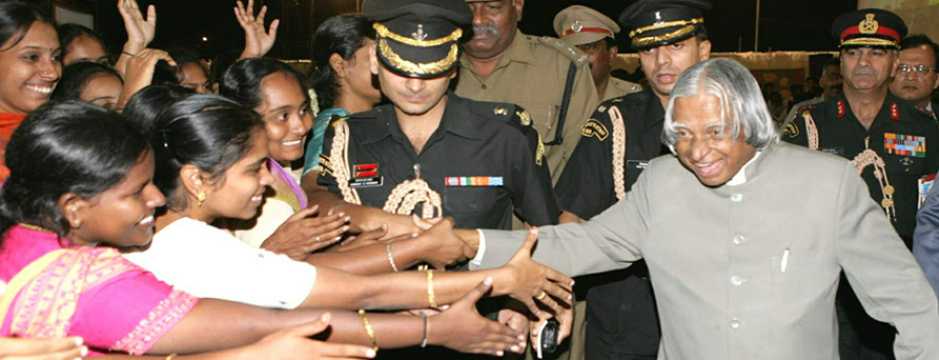
President Kalam’s technology and management leadership made Indian manufacturing stand on the expectation of the global aerospace technology. Having a firm belief in the importance of skill-intensiveness and technology for a developing nation, President Kalam emphasized more Manufacturing and Technology, which are crucial to transform India and make her a Developed Nation.
President Kalam’s contributions to Indian manufacturing is endowed with sustainable competitiveness, the convergence of technologies. His inclusive participation and leadership skills in Indian Aerospace Manufacturing were key ingredients in the success and accomplishment of all the ambitious Indian Space development programmes.




